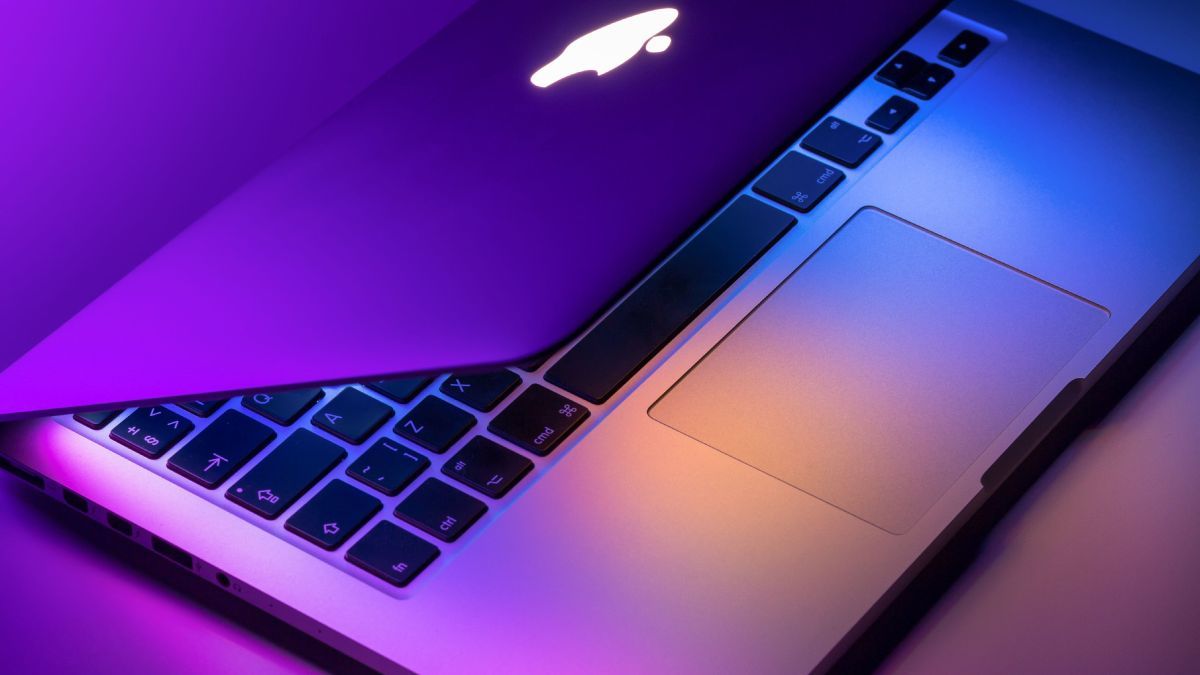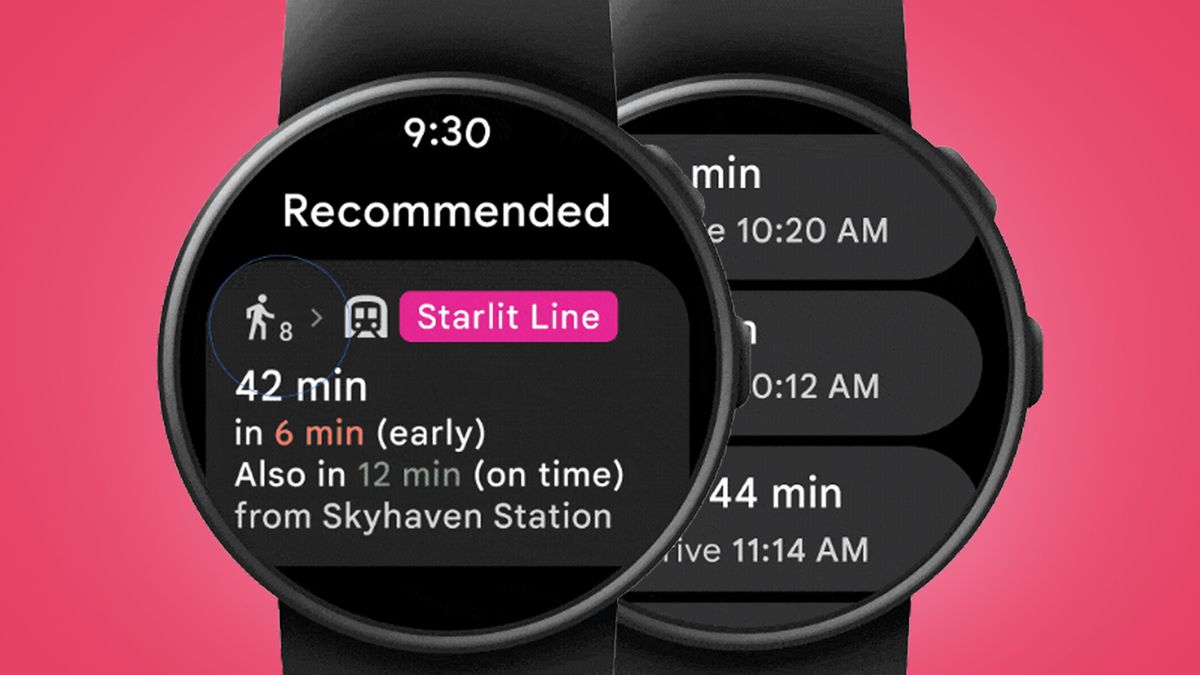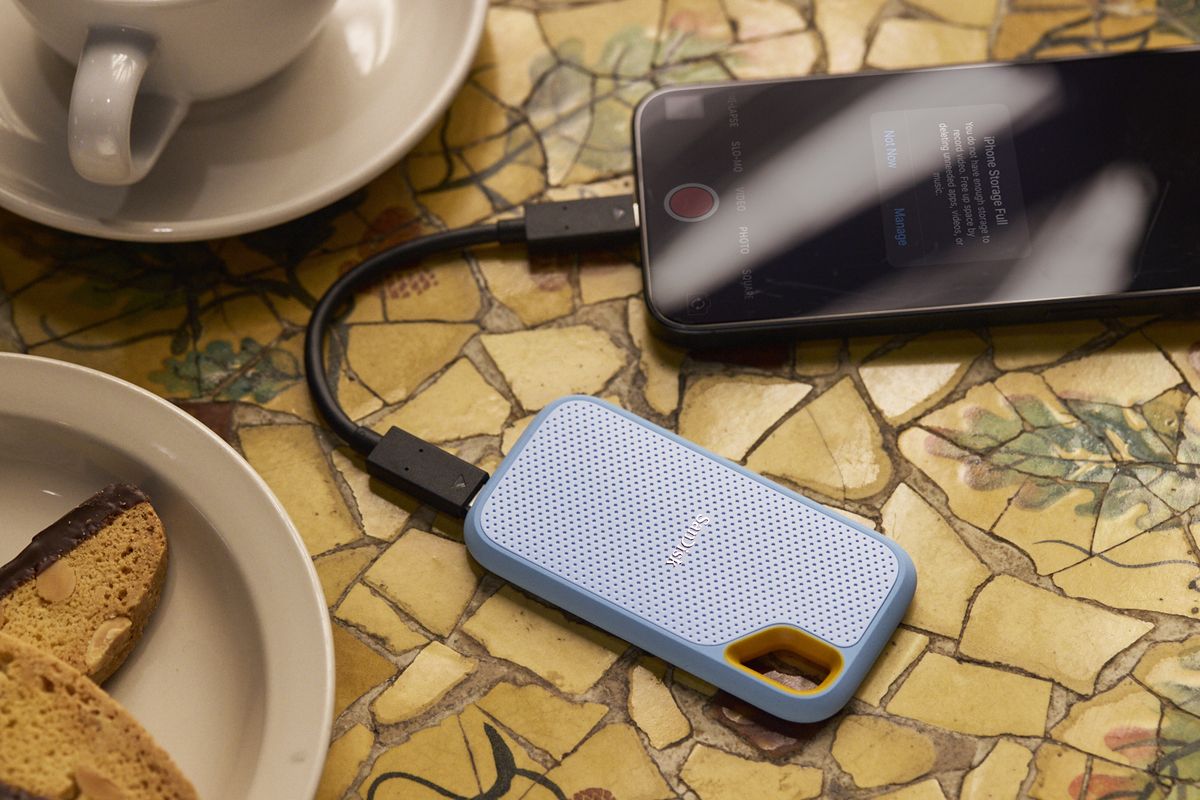So far, all signs point to Apple putting AI, specifically generative AI, front and center at WWDC 2024. Its developer-focused conference is sure to highlight the potential of AI in and across its countless products and platforms. And highlight how developers use and could use AI-based APIs to integrate an additional layer of intelligence into their applications and services.
And that leads me to reflect on what the Worldwide Developers Conference, scheduled for June 10, could tell us about Apple's future hardware, given that no new devices are expected to be revealed at the keynote.
First, let's look at what we can expect from Apple for the rest of the year and heading into 2025.
New iPhones and Apple Watches for 2024
As night follows day, we'll no doubt get the iPhone 16 around September, likely accompanied by a new Apple Watch, specifically the Apple Watch 10, and perhaps the rumored AirPods Pro 3 and AirPods Max 2; although the latter does not convince us so much.
Given that the iPad Air and iPad Pro range has just been reworked, we don't expect any new iPads anytime soon. And since we have new MacBook Pro M3 and MacBook Air M3 models this year, we don't expect to see M4 variants until 2025. There's even a chance that Macs will skip the M4 chip, as it's similar to the M3 only in efficiency and workloads. of AI in mind. The same could happen with the 24-inch M3 iMac.
Personally, I'd love to see the 27-inch iMac return, but I suspect the desktop could have gone the way of the dodo, potentially accompanied by the iPad mini.
So it's a good look at Apple's hardware situation over the next 12 months or so. And with that in mind, what could we propose that WWDC tell us what we can expect from said hardware?
AI built into Apple's core
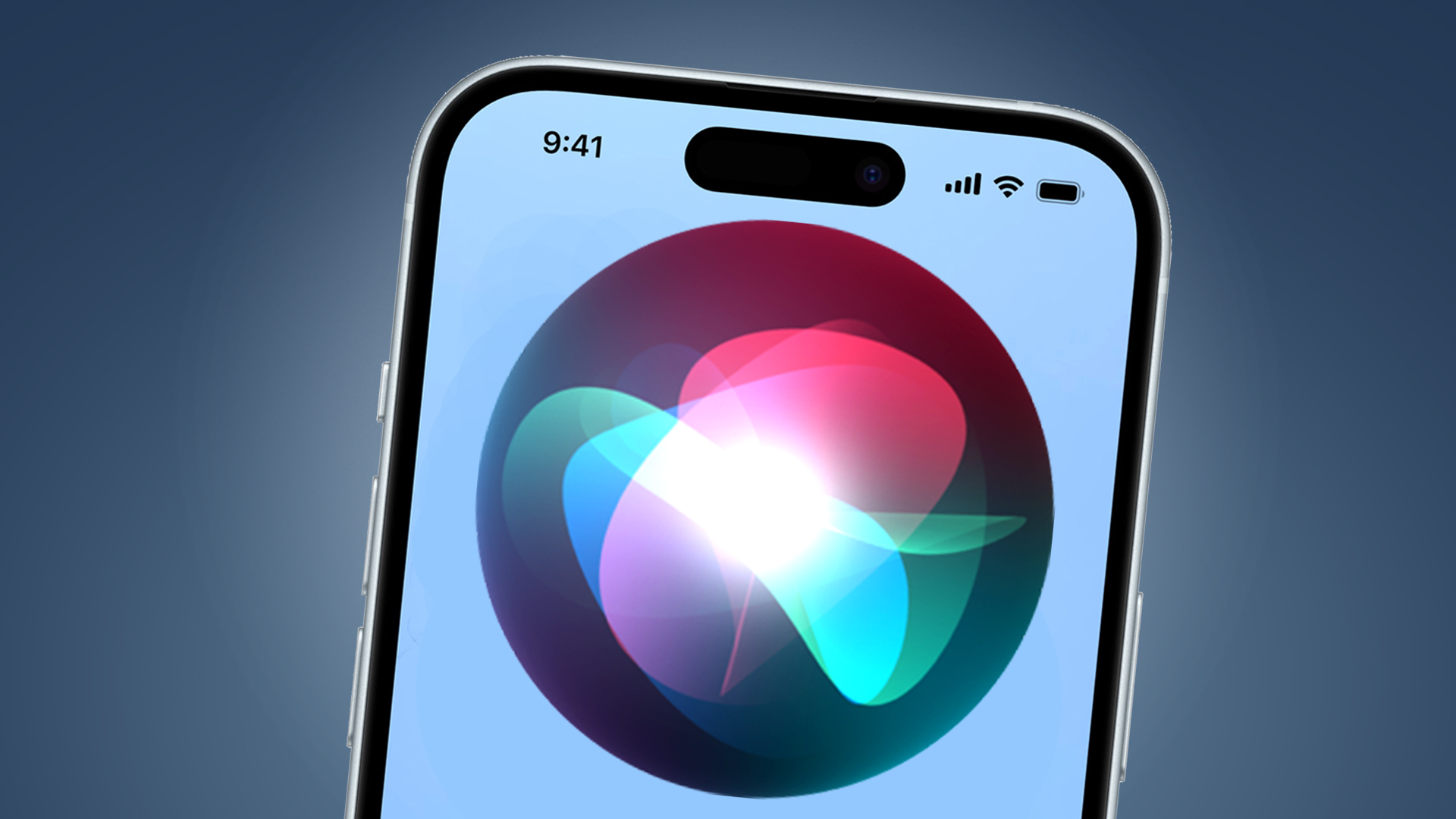
My prediction (and I emphasize that this is speculation based on my experience with Apple) is that the overall design and hardware capabilities of Cupertino's products will not change much. Apple has arguably nailed the tablet formula with iPads, and its MacBooks are quite stylish; although I'm sure some would argue for a few more ports.
There is room for the iPhone and Apple Watch designs to have some tweaks. But I think Apple will continue to iterate by trimming display bezels and reducing the thickness of watch cases, rather than going down the path of drastic redesigns.
But AI tools and capabilities will surely be integrated into iOS, iPadOS, macOS, and watchOS, to incorporate things like AI-powered generative editing, smarter searches in Safari, the ability to quickly summarize web pages, documents, and meetings, or simply Ask a smarter Siri to create an agenda for your week based on access to Maps, your email and calendar, plus third-party tools like air travel apps.
And I suspect that will drive the need for chips in the iPhone 16 family to prioritize Apple's Neural Engine, potentially putting more power and focus on driving AI workloads and machine learning algorithms than clock speeds and raw graphics capabilities.
So I wouldn't be surprised if the standard iPhone 16 had a new AI-focused A-series chip, along with the iPhone 16 Pro and iPhone 16 Pro Max. Last year's iPhone 15 range saw a two-tier chip approach, with the standard and iPhone 15 Plus models getting the A16 Bionic and the iPhone 15 Pro and iPhone 15 Pro Max getting the powerful A17 Pro chips. This was the second generation consecutive in which Apple separated the chipsets of the Vanilla and Pro iPhones.
However, I would say that the entire iPhone 16 family will use the same chipset if Apple really leans heavily into AI, as it will need silicon parity to ensure smart tools can run on all of its new phones and reach the broader audience. .
Of course, running AI models inside a device requires power, especially if done on board, something Apple could lean on given the privacy approach it advocates for its users and their data. Even if a cloud connection is needed, that will likely mean accessing a phone's modem chip, which also consumes power, especially when using 5G.
So from that, I can theorize that the iPhone 16 range will have a larger battery or maybe even be a little thicker to include a larger cell or more efficient cooling via vapor chambers and heat pipes. Am I talking about important differences? Well, no, but a few millimeters added to the thickness of a phone can make a difference in daily use.
If such predictions come true, I suspect that what I've perfected with the iPhone 16 could extend to iPads and Macs. The first could get a little thicker to contain a larger battery and get a more powerful chip aimed at AI, but I suspect that won't happen until later in 2025 or even 2026.
Macs are likely to get more powerful chips next year and could even come with dedicated AI keys on their keyboards. And I wouldn't be surprised if larger batteries were added to all MacBooks, and the MacBook Air would revert to active cooling if you need to run demanding workloads and AI algorithms on the device. I'm not predicting a huge design change, but that notch on the screen could be reduced with the AI processing used to fill in the gaps left by the reduced sensors.
Wearables with virtual brains
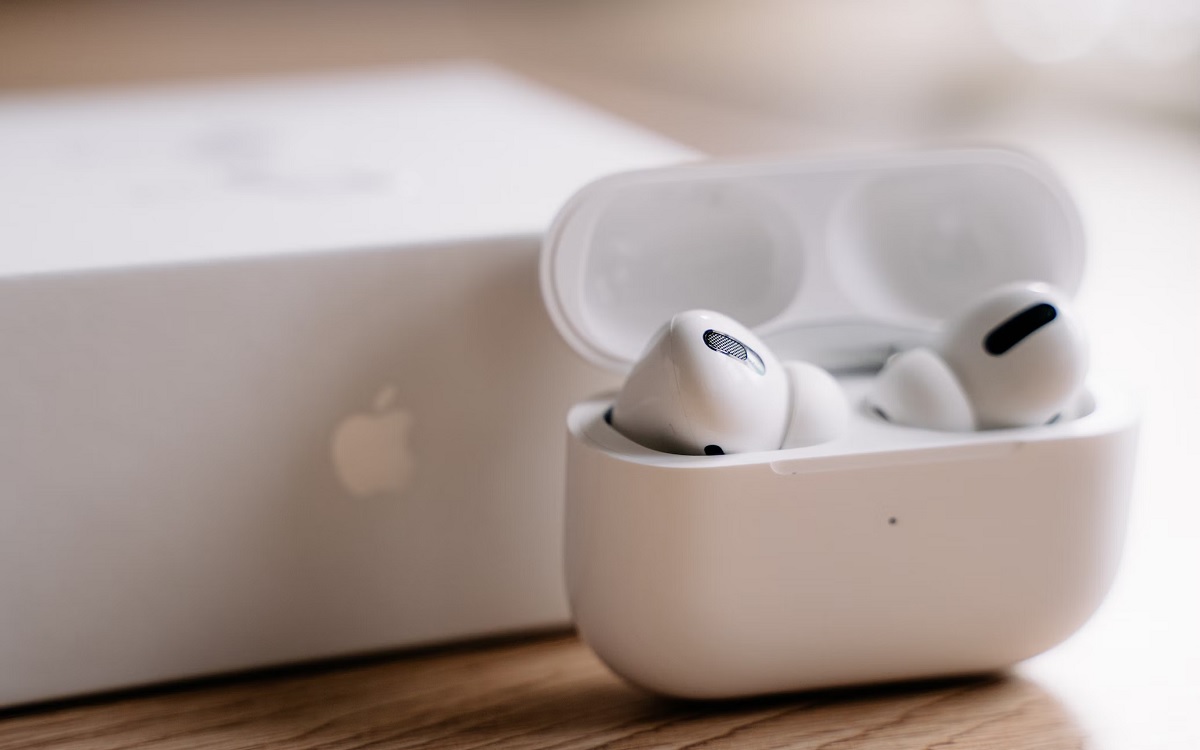
Again, I don't foresee any major changes to the design of the Apple Watch, as it's arguably iconic now.
But I can see Apple adding a new chip to the next-generation Apple Watch based on on-device AI processing. And that could make the thickness increase a bit to contain a larger battery. Apple may not do that and opt to preserve the aesthetics established by the Apple Watch 9 and instead bring faster charging to its next-generation smartwatch as compensation for any higher power consumption.
On the AIrPods side, I wouldn't expect any major design changes. But once again I can see that the AirPods Pro 3 and AirPods Max 2 have chips that perform low-impact AI features on performance, for example smart equalizer adjustments or working with an iPhone to intelligently switch to more dynamic tracks in Apple Music if a person suddenly quickens their pace.
A dedicated action button or touch-sensitive surface could also appear on future AirPods to activate an improved Siri with new generative AI capabilities.
The use of multimodal AI models, which can extract and process data from multiple sources, could see Apple Watch and AirPods leverage more data and feedback from accelerometers and other sensors to feed an AI with information that helps it provide more insights and results. precise. This may not herald a revolution in design, but the placement of sensors could change and evolve within Apple's wearable devices.
Evolution on the outside, revolution on the inside
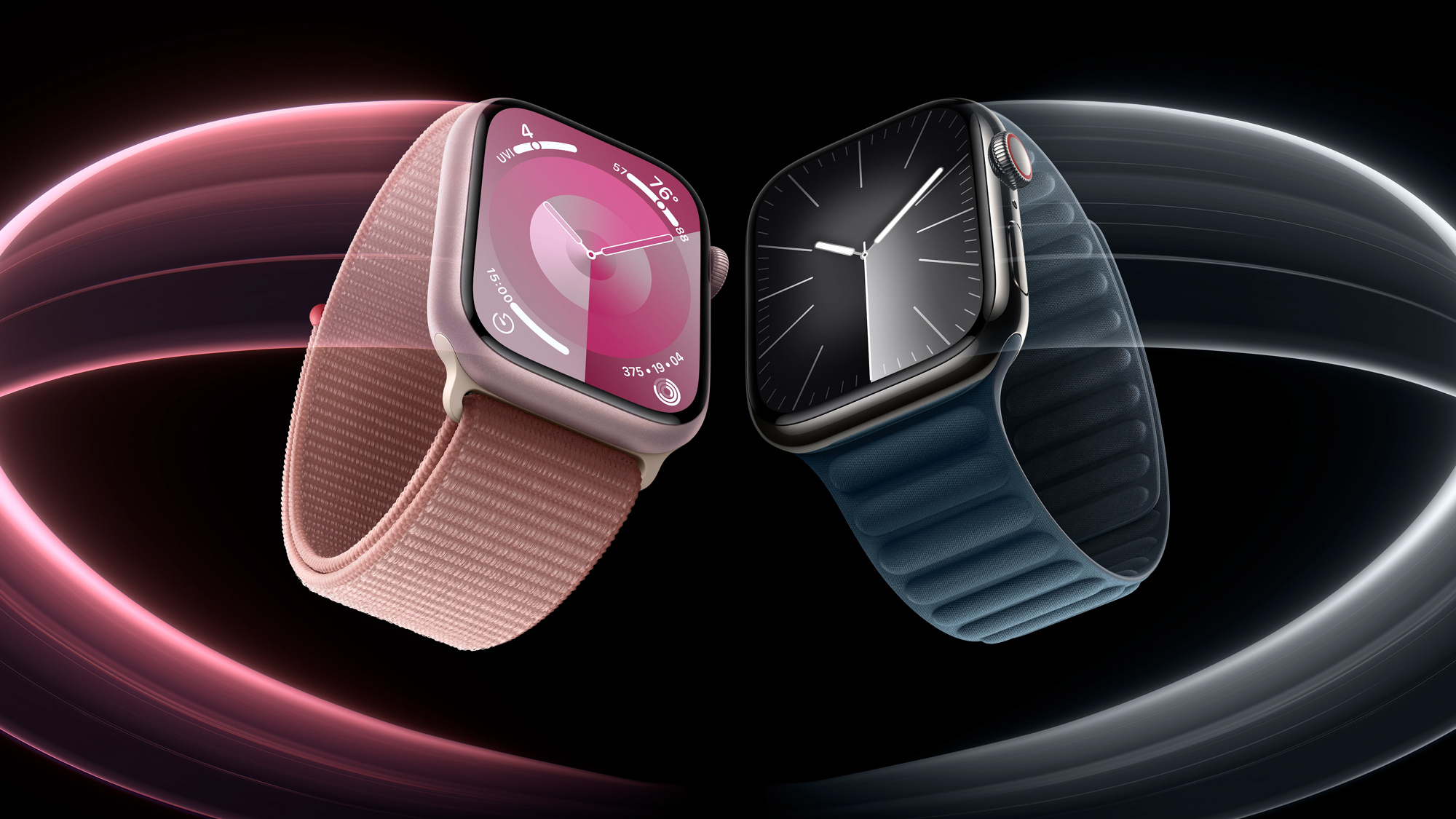
Ultimately, I don't think a dive into AI will cause Apple to dramatically change product designs and hardware features. But under the hood, more powerful chips are likely to appear in Apple devices. Such chips could transform the iPhone from an app-focused device to a more AI-based one and give Macs an extra layer of productivity potential.
Apple devices have a huge reach, especially iPhones, and such wide availability of AI-powered phones could lead to frictionless use and normalization of AI tools in everyday life, instead of people look at them with caution and watch techies lose their minds over ChatGPT. , and perhaps dispel that general feeling of AI ennui.
Unless I and the tech journalism world at large were wrong, I wouldn't be surprised if Apple's AI showcase at WWDC 2024, and then its subsequent use of smart tools and features, acted as a form of gateway drug. to generative AI for the average phone user and consumer. This could be very important for the future of AI.
If you want to see if I'm right or not, check back with TechRadar as we'll be bringing you the latest rumors, news, opinions and analysis leading up to and during WWDC 2024. And if you want to see the keynote for yourself, check out our guide on how to watch WWDC 2024.

